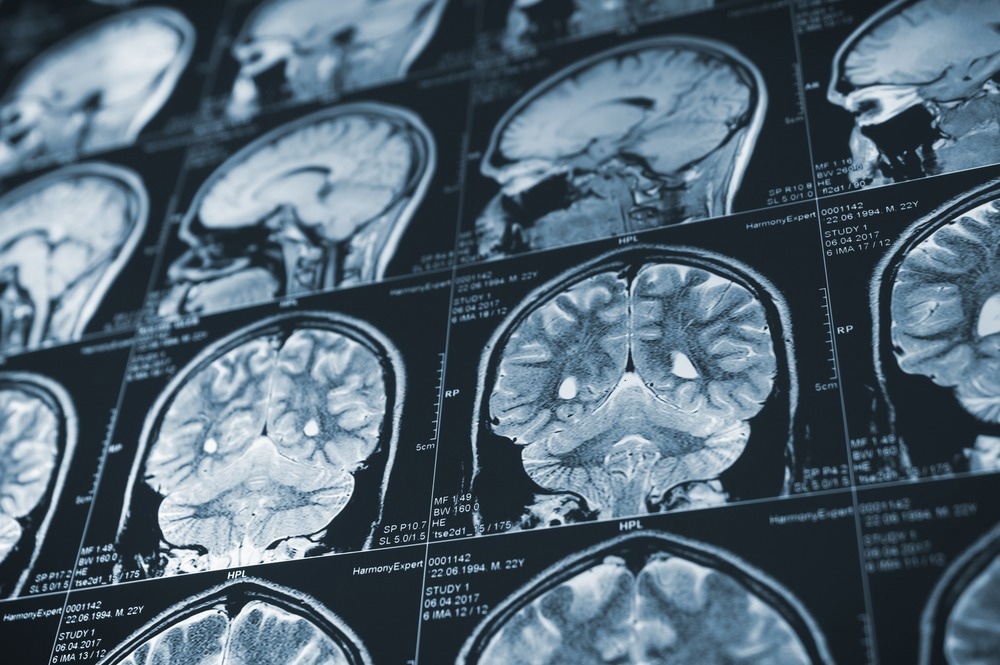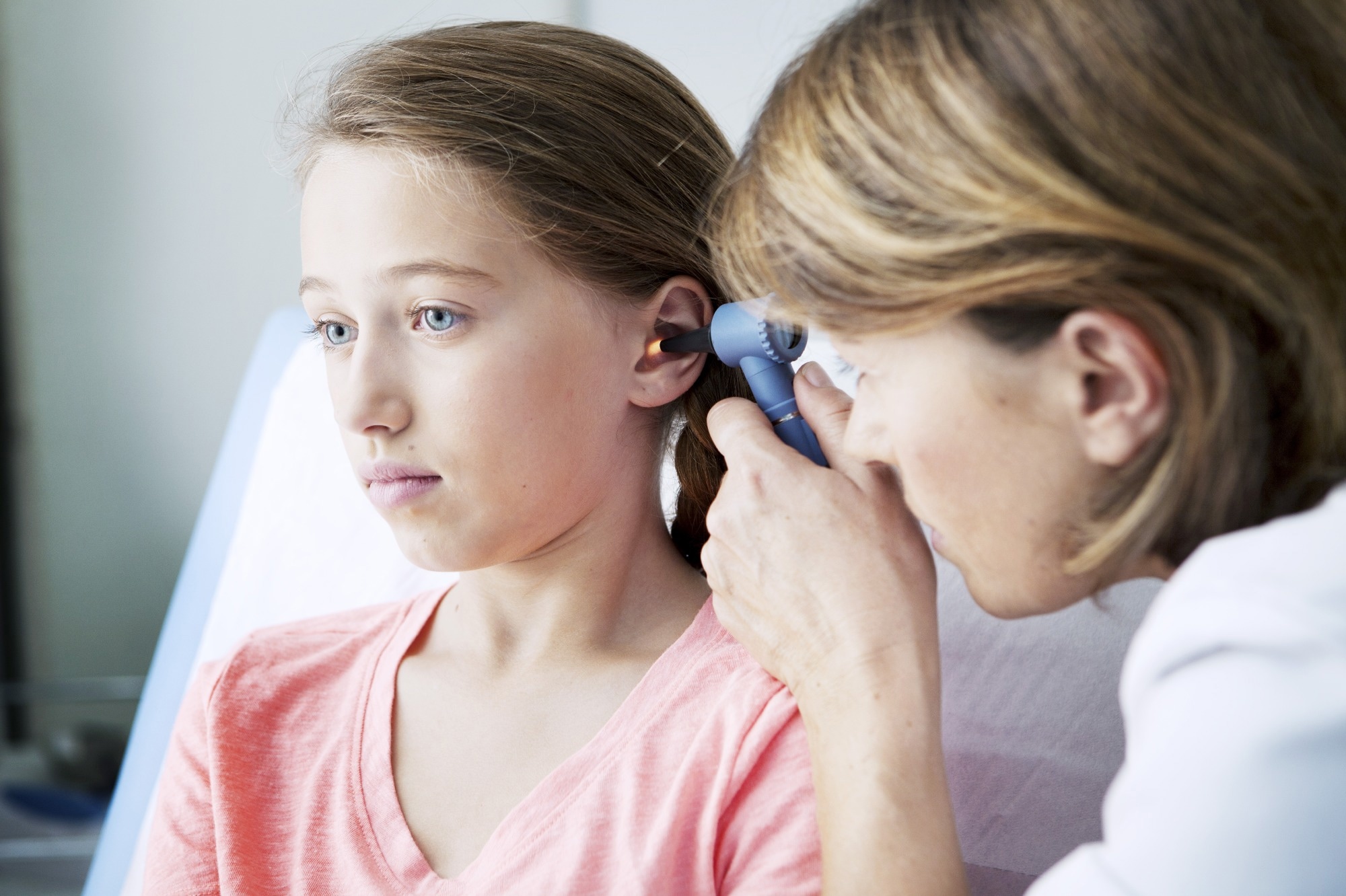Neural development is affected by early life adversity (ELA), which includes poverty and mistreatment or neglect by caregivers. One of the key mechanisms through which ELA inhibits optimal brain functioning is systemic low-grade inflammation. Moreover, ELA accelerates cellular senescence through DNA methylation of stress genes, which enhances the long-term risk for psychiatric and neurodegenerative disorders.

Study: Overlapping brain correlates of superior cognition among children at genetic risk for Alzheimer’s disease and/or major depressive disorder. Image Credit: SeanidStudio / Shutterstock.com
Background
Major depressive disorder (MDD) and Alzheimer’s Disease (AD) are the two most common neuropathologies that prevail worldwide. These conditions are associated with systemic inflammation and accelerated cellular aging.
In addition, both MDD and ADD are strongly connected to prior stress exposure, along with a modest genetic relation. Synaptic transmission impairment in the prefrontal cortex (PFC) is another factor for cognitive control deficits that cause AD and MDD.
Recent research has indicated that MDD could be a risk factor or early symptom of AD. Timely detection of AD and early interventions could reduce the risk of dementia progression in older people.
Most genetic factors of AD are linked to environmental modulation, which is further linked to early-life neurocognitive correlates. These characteristic features, particularly those shared with MDD and those that manifest due to ELA exposure, could be used for the early detection of AD and other neuropathologies.
The majority of studies on brain correlates of AD and/or MDD risk factors have focused on individuals raised by their birth families. These studies fail to distinguish between genetic and non-genetic contributions of the manifested phenotypes.
Importantly, the neurodevelopmental alterations in children at risk of AD/MDD, when they are raised by their birth families, remain undetected. This is due to the genetic vulnerability and adjustments to the environment created by parents who possess similar vulnerabilities.
About the study
In a recent Scientific Reports study, scientists investigate the neurocognitive correlates of genetic vulnerability to MDD/AD in children around 10 years of age.
To this end, the authors compared the profiles of children in their late childhood with profiles of adoptees and non-adoptees. Adoptees are those who were not raised by their biological parents, while non-adoptees are children who were raised by their biological parents. Children recruited in this study participated in the Adolescent Brain and Cognitive Development (ABCD) study.
The adoptee group was included to distinguish between genetic and environmental contributions to brain development. The study further characterized the neurocognitive correlates of AD/MDD risk in a group exposed to environmental conditions that facilitate both disorders.
Study findings
The study data were pre-processed by the ABCD team and comprised 117 adoptees and 4,382 non-adoptees. All participants were between the ages of nine and 10 years. The genetic risk scores (GRS) developed from genome-wide association studies (GWAS) allowed the researchers to quantify the genetic liability of MDD and AD.
Two AD GRSs were considered, in which the first apolipoprotein E (APOE) AD GRS included only the APOE region, whereas the second excluded the APOE region. These two AD GRSs were computed to investigate neurocognitive impairments trajectories and variance in susceptibility to environmental factors.
The APOE-based risk was associated with alterations in normal brain maturation from young childhood onwards. Moreover, the presence of this risk helped predict memory-related deficits, growing from progressive temporal and posterior parietal atrophy.
The no-APOE-based risk for AD predicted the development of relatively stronger deficits in language, cognitive control, and visuospatial processing. This was associated with a progressive pattern of neurodegeneration linked to temporal, frontal, and parietal lobe structures.
Cortical thickness was considered to determine the structural neurodevelopmental timing due to its well-defined maturational trajectory, which is regulated by genes and is susceptible to ELA. Among non-adoptees, a significant GRS-brain association was found, thus indicating that this group had a greater vulnerability to AD and/or MDD. In addition, this group exhibited reduced vigor in neural activity on inhibitory control tasks.
Consistent with prior studies based on rodent models, an overlap in neurodevelopmental changes was detected for MDD and APOE-based AD risk among non-adoptees. This finding reveals that overlapping maturational deviations are associated with MDD and no-APOE-based AD vulnerability.
However, shared neural alterations linked with MDD and APOE-based AD liability could have originated from correlated gene-environment influences, which emphasizes the impact of both direct and indirect genetic factors. Notably, parental care did not influence the association between genetic risk and neurocognitive development in adoptees and non-adoptees.
Future outlook
The current study has provided important foundational information for future studies to build upon in various directions, such as the discovery of GRS-contributing single nucleotide polymorphisms (SNPs), which could help determine the clinical symptoms and underlying mechanisms that accelerate brain aging. This research could also elucidate the molecular pathways through which APOE variants may protect or enhance vulnerability to aging-related cognitive decline.
The varied neurocognitive alterations based on general and emotional context-specific tasks that are associated with the possible manifestation of AD and/or MDD risk would also be worth exploring. A larger number of adoptees is needed to support the findings of this study with statistical analysis of subgroups based on sex and gender.

 PARENTING TIPS
PARENTING TIPS







 PREGNANCY
PREGNANCY








 BABY CARE
BABY CARE








 TODDLERS
TODDLERS








 TEENS
TEENS








 HEALTH CARE
HEALTH CARE







 ACTIVITIES & CRAFTS
ACTIVITIES & CRAFTS








 CONTACT
CONTACT ABOUT
ABOUT













